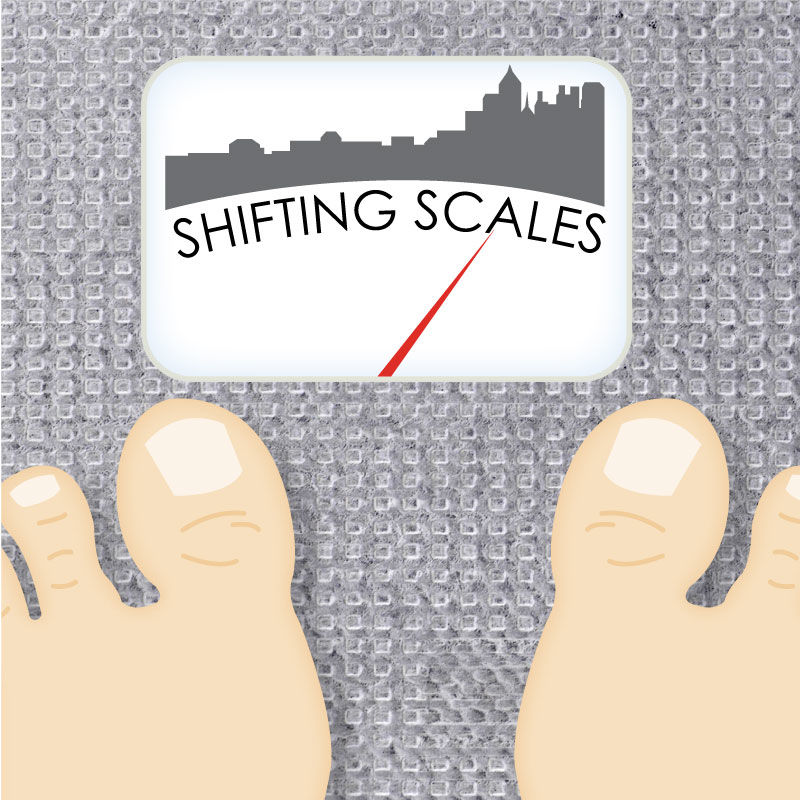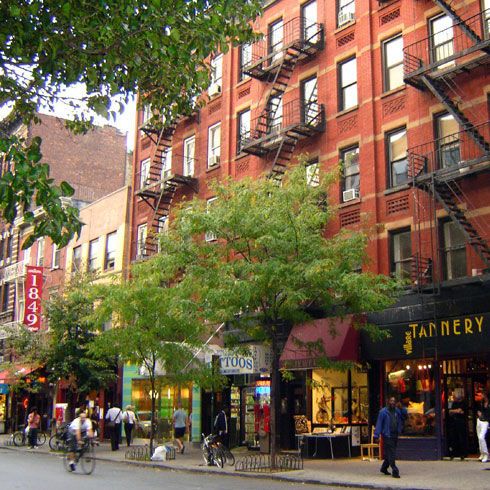Today’s large urban development projects achieve more positive design features than those 20-30 years ago. There is a better understanding that urban buildings should appropriately interact with the public realm, feature ground floor retail and other activation uses, and include office, residential, or other mixed uses. These physical components are important to creating and maintaining active, vibrant districts.
However, this design shift has not been met with a shift in scale. Many projects are still developed as superblocks, oriented horizontally instead of vertically. Over time, these monotonous developments will likely become as homogenous in use as they are in vertical form, diminishing flexibility, diversity and vitality. Simply put, these developments could prove unsustainable in the long-term.
For long-term sustainability, we need a shift in scale back to great neighborhoods like NYC’s Greenwich Village and Philly’s Rittenhouse Square. These continue to thrive thanks to narrow, vertical buildings which cater to the human experience on the ground. Over time, these forms allow for a more diverse building stock, leading to varied users, mixed incomes, and increased flexibility as consumer needs and demands change. These neighborhoods will continue to thrive so long as they are human-scaled and thus allow for diversity to take hold.

